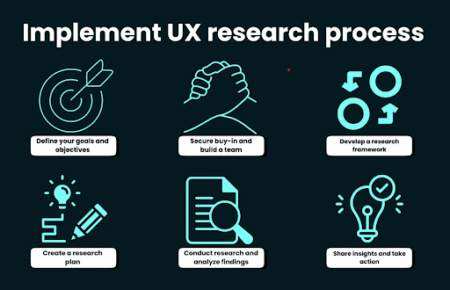No matter whether someone runs an eCommerce store or a real estate business, they would want to magnetize as many visitors as possible to their website. Doing so, however, will be difficult unless accessible web design is adequately prioritized. Web accessibility involves making sure that a site is usable for all, including people with disabilities. Fortunately, companies like AccessiBe offer competent resources that can be leveraged to create an inclusive website.
AccessiBe discusses a few accessible web design requirements
The use of colors is an integral aspect of accessible website design. Colors can especially impact the online experiences of people with vision impairment, including color blindness. Particular color combinations can make objects and text difficult to comprehend for certain users when not used in the proper manner. It is prudent to use colors that provide contrast, particularly for content on color backgrounds. The text and other elements on the screen must be legible to all users, including anyone with low vision. The text and reactive elements need to have a color contrast ratio of at least 4.5:1. Color contrast ratio basically implies how bright or dark colors appear on a screen.
In addition to colors, typography and font size on a website is also important to web accessibility. The text on the screen must be read comfortably by all. For this purpose, a large enough font size should be used for the body text. The minimum should be 16px. The sentences used must not be too long. Sentence length that facilitates a comfortable reading experience must be maintained. The typeface used for the website should be chosen with a lot of care. The selected typeface needs to put focus on legibility and clarity when it is too large or small. Headings in the text have to be used to communicate visual hierarchy, rather than only for style purposes. One needs to use their type size and line width to determine a line height that can be read comfortably by all. Tools offered by AccessiBe can help in making a website accessible, and improve its overall usability.
It is crucial that website media is accessible to all users. This media can involve audio scripts, images, videos, and so on. The simplest way to make images on a website more accessible is to add alt text to them. Alternative text or Alt text helps in describing what is in the image. As a user explores a website with an assistive device like a screen reader, this alt text will represent the image on the page. Optimizing the alt text with appropriate keywords for SEO purposes can be an added advantage. When it comes to videos on a website, there are multiple ways available to ensure that the content is accessible for all. Captions, transcripts, and accessible video players are the most widely used options.
Today a large number of people use their mobile phones to explore the web. Hence, certain best practices have to be followed to address the issue of accessibility in mobile phones. Firstly, the amount of information displayed on the mobile screen at once must be reduced. Secondly, font type and size must be chosen smartly so that users can perfectly read it even on smaller screens. Proper spacing between interactive elements also has to be considered when designing a website for mobile phones.







